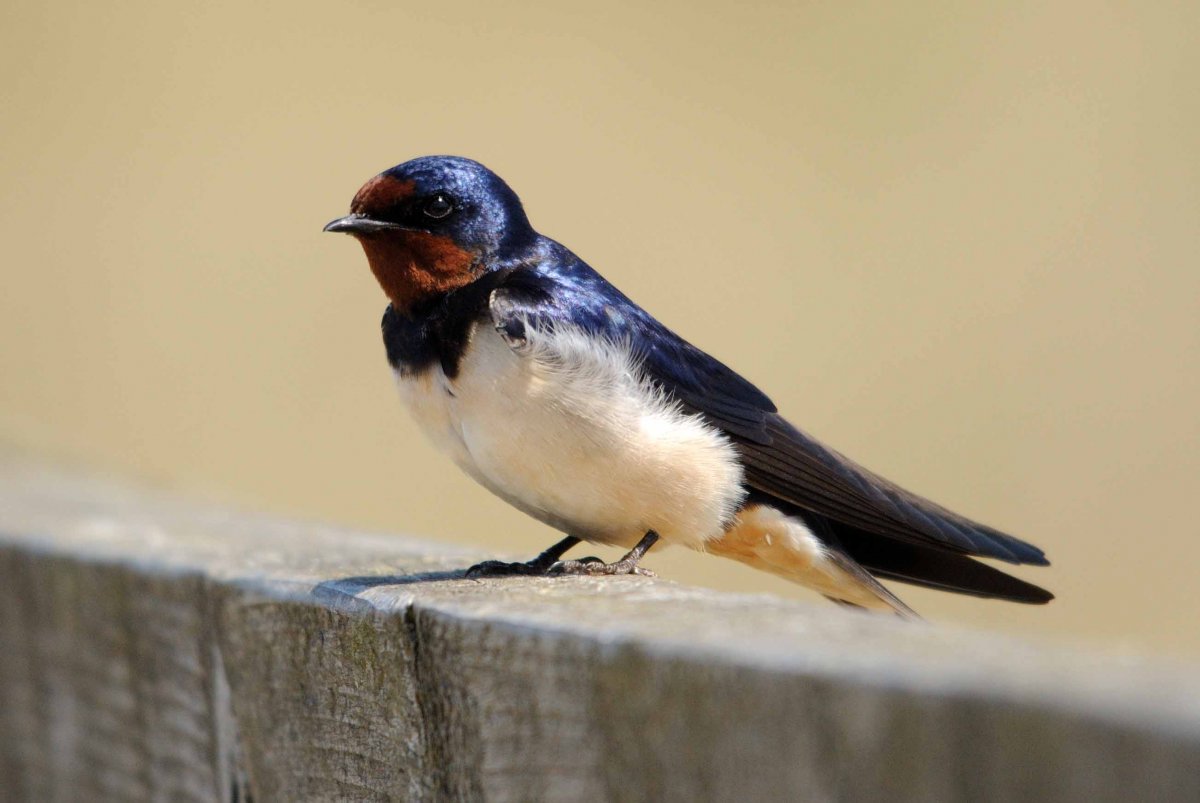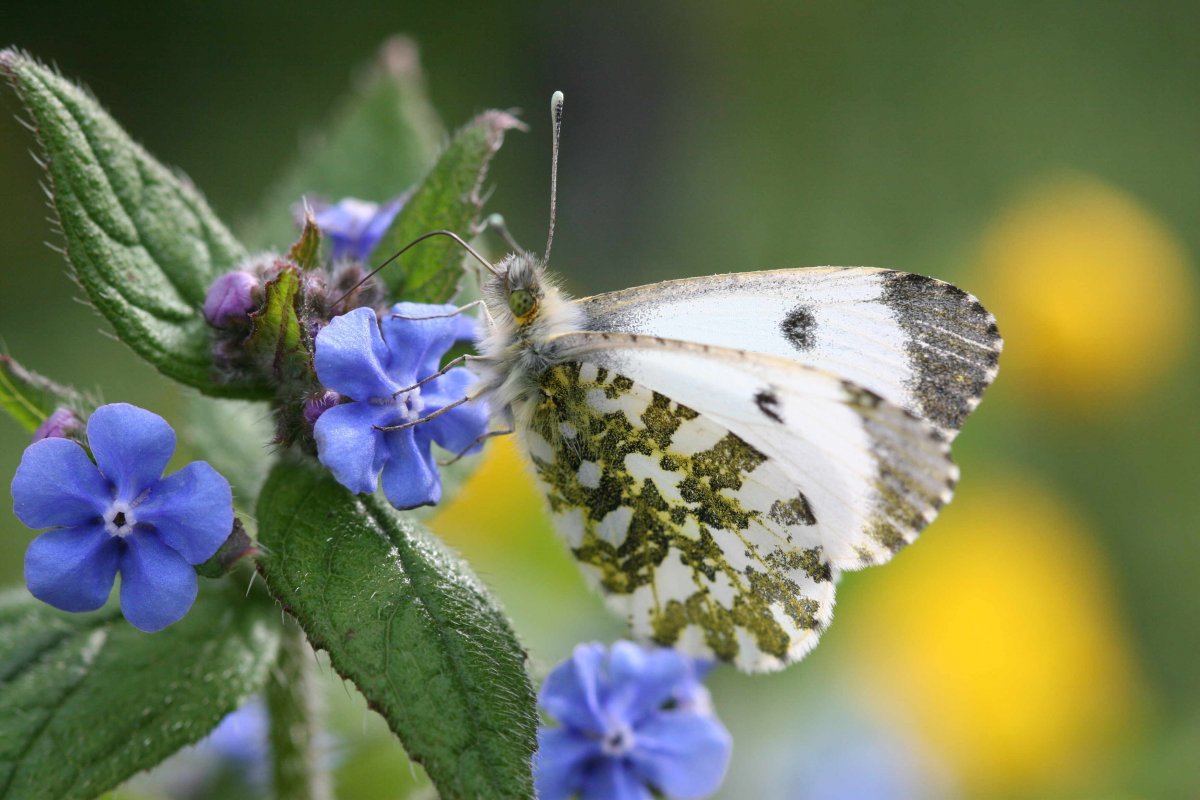BTO publishes peer-reviewed papers in a wide range of scientific journals, both independently and with our partners. If you are unable to access a scientific paper by a BTO author, please contact us.
Search settings
Long-term changes in the migration phenology of UK breeding birds detected by large-scale citizen science recording schemes
Author: Newson, S.E., Moran, N.J., Musgrove, A.J., Pearce-Higgins, J.W., Gillings, S., Atkinson, P.W., Miller, R., Grantham, M.J. & Baillie, S.R.
Published: 2016
Data collected by volunteer citizen scientists have been used to show how the timing of bird migration to and from the UK has changed since the 1960s. The spring arrival dates for 11 of 14 common migrants have got significantly earlier, with six species, including Swallow, House Martin and Chiffchaff, coming back to breed more than 10 days earlier than they used to. Species that advanced their timing of arrival also showed the most positive trends in abundance over this period.BTO ecologists, led by Stuart Newson, compared data from the survey, which ran from 1962-1966, with information collected from 2002 to 2011 via MigrationWatch and BirdTrack. The change in spring arrival across species equated to an advance of 0.22 days per year on average. In addition to the early arrival, four species were found to depart for their wintering grounds significantly later than previously. As a consequence of earlier arrival and for some species later departure, nine of 14 species spent significantly longer in the UK in the 2000s than in the 1960s.These changes in bird migration are likely to be a response to warming on the birds’ UK breeding grounds. The extended stays in the UK may have benefitted some species in allowing birds to lay more than one clutch, when they previously would not have had time to attempt to raise an extra brood because conditions were not suitable. Studies such as this are important in understanding how birds can adapt to climate change, and the effect of their response to their population dynamics at a time when many species are in decline and effective conservation measures are being sought.
16.03.16
Papers

Survival of Afro-Palaearctic passerine migrants in western Europe and the impacts of seasonal weather variables
Author: Johnston, A., Robinson, R.A., Gargallo, G., Julliard, R., Van Der Jeugd, H. & Baillie, S.R.
Published: 2016
16.03.16
Papers
Patterns and causes of covariation in bird and butterfly community structure
Author: Eglington, S.M., Brereton, T.M., Tayleur, C.M., Noble, D., Risely, K., Roy, D.B. & Pearce-Higgins, J.W.
Published: 2016
Non-uniform monitoringBTO is fortunate to hold unique large, long-term datasets on bird abundance and distribution collected by dedicated volunteers. Our scientists translate these data into trends describing populations, which can be used in turn by policymakers and land managers for decision-making. Not all taxa are so well understood, as for many species, little information is collected. One way of accounting for this is using a so-called 'surrogacy approach', where patterns of variation in less-well monitored species are assumed to be similar to those in better monitored species. Recent BTO research has set out to test this assumption, asking whether the population trends of highly mobile vertebrates, like birds, really be used to infer those of much smaller invertebrates, like butterflies.Cross-taxa variation at a fine scaleMembers of the BTO’s Monitoring and Population Ecology and Modelling Teams worked with Butterfly Conservation and the Centre for Ecology and Hydrology to analyse data collected by volunteers taking part in the UK’s BTO/RSPB/JNCC Breeding Bird Survey (BBS). Since 2009, BBS volunteers have also been asked to survey butterflies on their randomly-generated BBS squares, as part of the Wider Countryside Butterfly Survey (WCBS). This provides a contrast between these small, specialised insects and birds. The size of BBS squares (1 km2) is critical to this work, as the fine spatial resolution allowed the study’s authors to assess patterns in a way that has not been possible in previous studies of cross-taxa relationships.Data were analysed to examine spatial variation in bird and butterfly distribution and community structure over a range of habitats and latitudes. Specifically, the researchers considered the total number of species recorded in each visit to the square (species richness), the diversity of these species and their “evenness”, which is a measure of how the abundance of species within a community differs (evenness is lowest when a community is dominated by a few, highly abundant species). Calculations were also made to assess the degree to which communities were composed of generalist or specialist species (the 'community specialisation index', CSI).Support for surrogacyThis study found significant similarities in the way UK birds and butterflies varied in species richness and diversity. These relationships remained when latitude and habitat-type was included in the analysis, showing that they were not simply a result of the common effects of temperature and land-cover on both groups. Instead they are likely to have resulted from common responses to variation in habitat-type, such as vegetation structure and heterogeneity within habitat-types. However, associations with evenness and CSI were much weaker, suggesting that the most specialised bird and butterfly species did not associate at relatively fine spatial scales. Specialist butterflies tended to occur in semi-natural habitats, whilst the most specialised bird communities were found in non-fragmented landscapes. Our results suggest that surrogacy approaches may be used where management decisions are based upon species richness and diversity. However, if conservation decisions prioritise particular rare and specialised species, then they will only benefit other taxa if those taxa also have similar responses to environmental change and management.
03.03.16
Papers

An experimental evaluation of the effects of geolocator design and attachment method on between-year survival on whinchats Saxicola rubetra
Author: Blackburn, E., Burgess, M., Freeman, B., Risely, A., Izang, A., Ivande, S., Hewson, C. & Cresswell, W.
Published: 2016
24.02.16
Papers
The role of habitat change in driving Black Grouse Tetrao tetrix population declines across Scotland
Author: Pearce-Higgins, J.W., Wright, L.J., Grant, M.C. & Douglas, D.J.T.
Published: 2016
17.02.16
Papers Bird Study